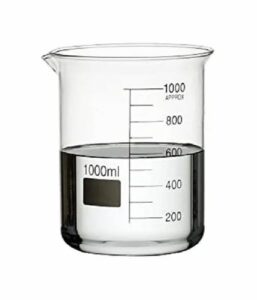Textile Finishing Chemicals
Textile finishing chemicals are essential in the textile industry, playing a crucial role in enhancing the properties of fabrics. These chemicals are applied to textiles after the dyeing process to improve their performance, appearance, and durability. The finishing process can impart various characteristics to the fabric, such as water repellency, wrinkle resistance, flame retardancy, and antimicrobial properties.
Uses of Textile Finishing Chemicals
- Water Repellency: Chemicals like fluoropolymers are used to create a barrier against water, making fabrics suitable for outdoor and performance wear.
- Wrinkle Resistance: Resins and softeners are applied to reduce creasing and maintain a smooth appearance, particularly in cotton and blended fabrics.
- Flame Retardancy: Specialized chemicals are used to treat fabrics to meet safety standards for protective clothing and home textiles.
- Antimicrobial Properties: Finishing agents that inhibit the growth of bacteria and fungi are used in medical textiles and sportswear.
- Softening: Softening agents enhance the tactile feel of fabrics, making them more comfortable against the skin.
- Stain Resistance: Chemicals that provide stain-repellent properties are applied to fabrics to maintain their appearance and longevity.
Technical Data Table
| Property | Description | Example Chemicals |
|---|---|---|
| Water Repellency | Ability to resist water penetration | Fluoropolymers, Silicones |
| Wrinkle Resistance | Reduction of fabric creasing | Formaldehyde-based resins |
| Flame Retardancy | Resistance to ignition and burning | Phosphorus-based compounds |
| Antimicrobial Activity | Inhibition of microbial growth | Silver nanoparticles, Quaternary ammonium compounds |
| Softening Effect | Improvement of fabric hand feel | Cationic softeners |
| Stain Resistance | Prevention of stain absorption | Durable water repellent finishes |
| Durability | Resistance to wear and tear | Cross-linking agents |
| Environmental Impact | Biodegradability and eco-friendliness | Bio-based finishing agents |
Conclusion
Textile finishing chemicals are vital for enhancing the functionality and aesthetic appeal of fabrics. By selecting the appropriate finishing agents, manufacturers can tailor textiles to meet specific performance requirements and consumer preferences. The ongoing development of eco-friendly and sustainable finishing chemicals is also shaping the future of the textile industry, ensuring that it meets both performance standards and environmental responsibilities.

